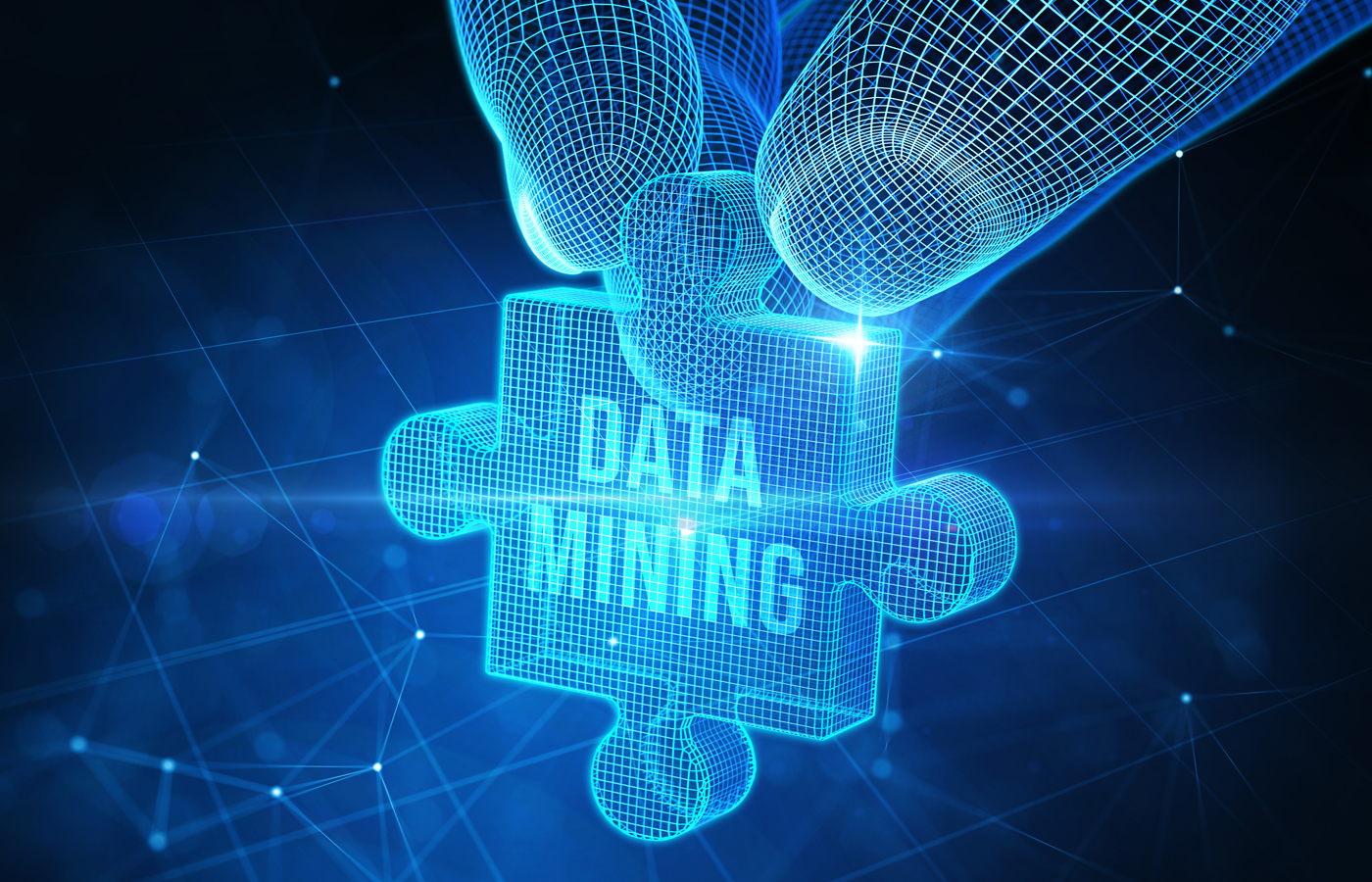Grasping the Art of Overcoming Information Collection Limitations in Google Analytics for Better Decision-Making
In the world of electronic analytics, the ability to extract meaningful insights from information is vital for informed decision-making. By using innovative methods and tactical approaches, organizations can boost their data quality, unlock concealed insights, and pave the method for more effective and informed choices.
Data Quality Assessment
Analyzing the top quality of data within Google Analytics is a critical action in making sure the dependability and accuracy of understandings stemmed from the accumulated information. Information top quality evaluation entails examining different facets such as accuracy, completeness, uniformity, and timeliness of the data. One crucial facet to think about is data precision, which refers to just how well the information mirrors real worths of the metrics being determined. Imprecise data can lead to defective final thoughts and misguided service choices.
Efficiency of data is one more essential variable in assessing data top quality. Consistency checks are additionally important in information quality evaluation to identify any type of discrepancies or anomalies within the information set. By prioritizing data top quality assessment in Google Analytics, services can enhance the integrity of their analytics records and make even more informed choices based on precise understandings.
Advanced Monitoring Techniques
Making use of sophisticated monitoring techniques in Google Analytics can dramatically improve the deepness and granularity of information gathered for more detailed analysis and insights. One such strategy is occasion monitoring, which allows for the tracking of certain interactions on a web site, like click buttons, downloads of data, or video clip views. By carrying out occasion monitoring, companies can acquire a deeper understanding of customer behavior and engagement with their on-line material.
Additionally, custom-made measurements and metrics provide a way to customize Google Analytics to specific business demands. Custom measurements enable the production of brand-new information factors, such as customer duties or customer segments, while custom-made metrics allow the tracking of distinct performance indications, like earnings per customer or typical order value.
Additionally, the usage of Google Tag Supervisor can simplify the implementation of tracking codes and tags across an internet site, making it less complicated to handle and deploy advanced tracking setups. By utilizing these advanced tracking strategies, organizations can open useful understandings and enhance their online strategies for far better decision-making.
Custom-made Measurement Execution
To improve the depth of information accumulated in Google Analytics past sophisticated monitoring techniques like occasion tracking, organizations can apply personalized measurements for more customized understandings. Personalized dimensions allow organizations to specify and collect specific information points that are relevant to their unique goals and purposes (What Data Does Google Analytics Prohibit Collecting?). By designating personalized measurements to different elements on a site, such as user communications, demographics, or session information, organizations can acquire a much more granular understanding of exactly how customers involve with their online residential properties

Attribution Modeling Approaches
Efficient attribution modeling is critical for understanding the impact of numerous marketing channels on conversion courses. By utilizing the appropriate attribution model, organizations can precisely connect conversions to the proper touchpoints along the consumer trip. One usual attribution design is the Last Communication Discover More Here design, which offers debt for a conversion to the last touchpoint an individual connected with before transforming. While this version is simple and straightforward to execute, it frequently oversimplifies the client trip, disregarding the impact of other touchpoints that added to the conversion.

Data Sampling Avoidance
When dealing with huge volumes of information in Google Analytics, overcoming data tasting is crucial to ensure accurate insights are acquired for educated decision-making. Data tasting occurs when Google Analytics approximates patterns in information rather than examining the full dataset, potentially leading to manipulated outcomes. By taking these aggressive steps to lessen data sampling, services can extract much more exact insights from Google Analytics, leading to better decision-making and improved general efficiency.
Conclusion
In conclusion, mastering the art of getting over data collection limitations in Google Analytics is vital for making educated decisions. By carrying out a complete data quality analysis, implementing sophisticated tracking methods, using personalized dimensions, using acknowledgment modeling strategies, and preventing information tasting, services can make sure that they have trustworthy and exact information to base their decisions on. This will eventually result in much more reliable methods and much better results for the organization.

Comments on “Dive into Analytics: What Data Does Google Analytics Prohibit Collecting?”